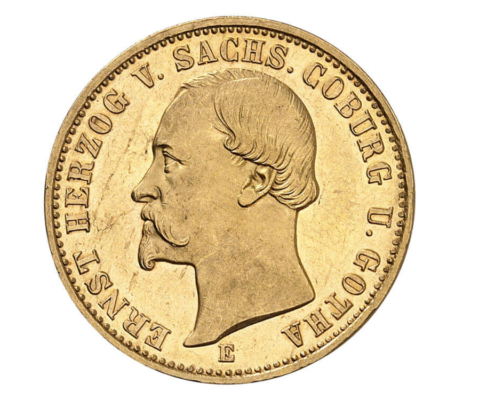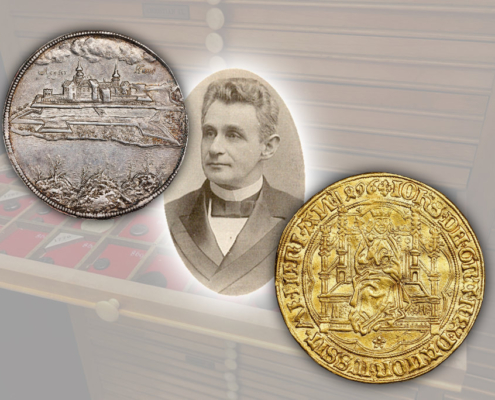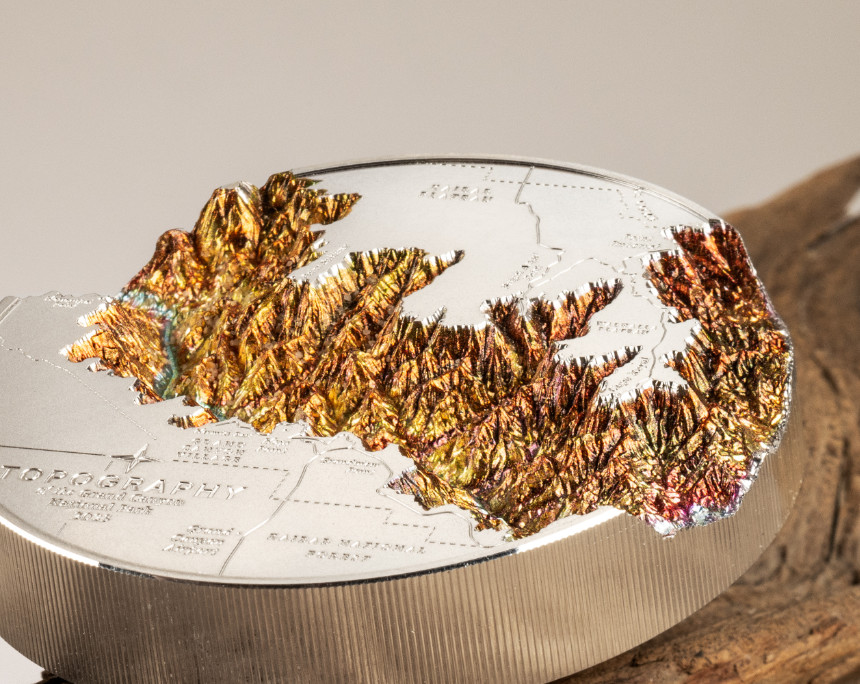1/2 Reichstaler 1621,
under Wilhelm V of Hesse-Kassel as administrator.
Condition: ef+


city of Besançon,
3 Pistols 1666 with title Charles V.
Condition: CH UNC

Bavaria, Chaise d'or (imperial shield)
1328-1347 under Emperor Louis IV.
Condition: ef

Reichstaler 1654-1668
under Count Guidobald von Thun.
Condition: vf-ef

Solidus (491-518)
under Anastasius the righteous.
Condition: vf-ef

Archive: People and Markets
Coinwatch – Watches With Coins For Enthusiasts
Coinwatch had a vision when it was founded in 1984: to combine coins and watches for those who love coins and wish to display them. The birth of watches with coins as dials.
CIT’s Topography – Grand Canyon
Those who take this Grand Canyon coin in their hands for the first time, will find it hard to believe how detailed it replicates the relief of the Grand Canyon. With this issue, CIT and B. H. Mayer’s Kunstprägeanstalt demonstrate that an ultra-high relief can also be turned into an ultra-low relief.
Archive: Coins, Medals and more

From Taler to Mark: The Long Road to a Common Currency
As Germany gradually evolved into a nation-state in the 19th century, the many currencies that circulated in its territories were also unified step by step. Coins from the Duchy of Saxe-Coburg and Gotha in Künker’s auction 388 illustrate the long path from the taler to the mark.

Highlights from the Bruun Collection
Stacks will sell the about 20.000 coins of the Bruun Collection in various auctions. The first sale features 300 Scandinavian rarities with an estimated value of 10 million US dollars. Learn more about two of the highlights: a Danish gold noble and a Norwegian Speciedaler dated to 1661 depicting the fortress of Akershus.















2023 American Medal of the Year Award
In 2023, the American Medal of the Year award goes to a medallist who paid tribute to Ukraine and its president. Two other medals were chosen as finalists.
Pop Culture & Coins Unite! The National Coin Week 2025
What do Homer Simpson, the Olympic games, Elvis Presley, and Superman have in common? They’ve all been featured, or will soon be featured, on coins. This year’s annual National Coin Week, April 20-26, 2025, explores the fascinating ways pop culture influences money.